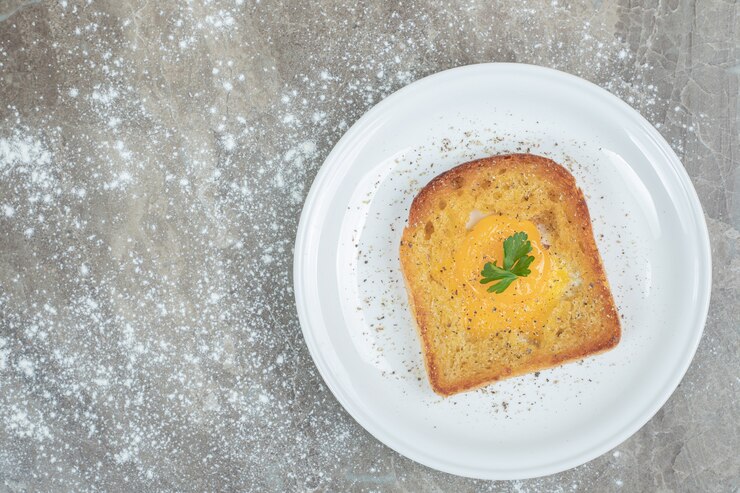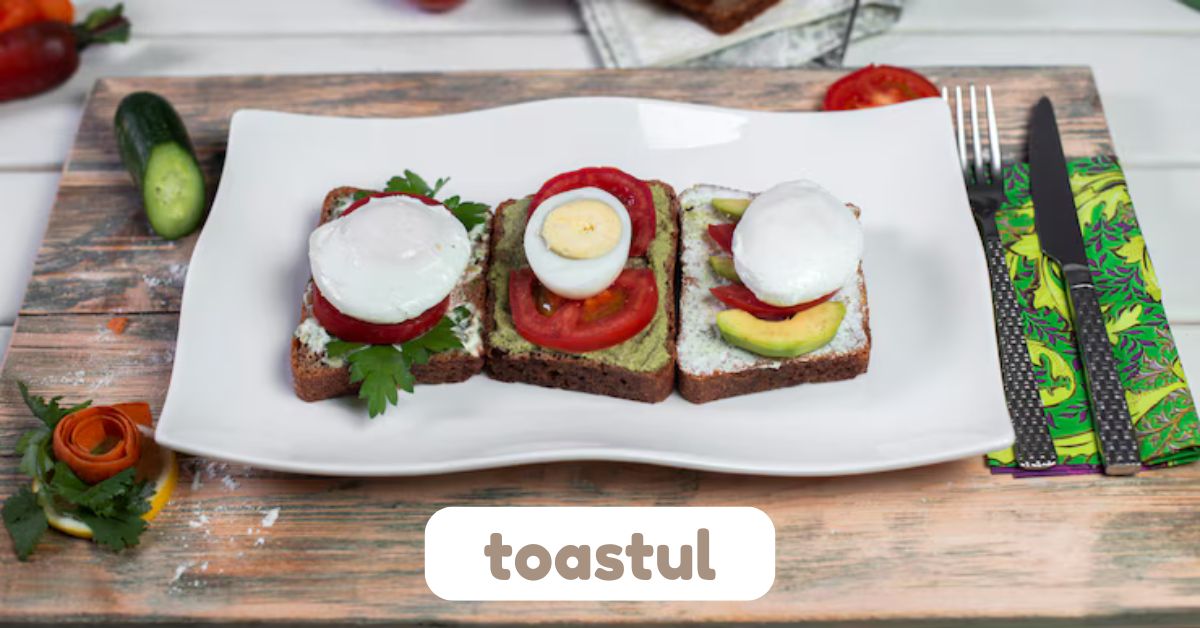The world of gastronomy is full of innovation, and every so often, a creation comes along that captures the attention of both culinary experts and everyday food lovers alike. One such creation is “toastul,” a term that has been gaining significant recognition for its intriguing blend of simplicity and sophistication. But what exactly is toastul, and why is it becoming so popular? Let’s explore the concept, the reasons behind its rise in fame, and how it has carved out its unique place in today’s food culture.
Understanding Toastul: What Is It?
At its core, toastul is a culinary dish centered around toasted bread but elevated to combine artful presentation with creative ingredients. Unlike traditional toast, which might involve little more than butter or jam, they reimagines what a slice of bread can become when paired with thoughtfully chosen, high-quality toppings. It often involves layers of flavor, texture, and artistry, making it more than just breakfast or a snack. It’s a form of expression on a plate.
The essence of toastul lies in its versatility. Whether savory or sweet, it offers endless possibilities. You might encounter this featuring creamy avocado, smoked salmon, and a drizzle of herbed yogurt, or one topped with ricotta, honey, and edible flowers. The concept embraces innovation while celebrating the humble slice of bread, making it a canvas for culinary creativity.
The Origins and History
While it may feel like toastul has sprung into the spotlight overnight, its roots can be traced back to the broader food trend of elevating everyday dishes. The exact origins are hard to pinpoint since people have been customizing toast for centuries, but toastul as we know it today arguably emerged alongside the “foodie” culture of the 21st century.
Popularized by influencers, chefs, and social media platforms, it is gained momentum from the desire for meals that are not just delicious but also visually appealing. The ability to snap a photo of a beautifully crafted dish and share it online has undoubtedly contributed to toastul being one of the most Instagrammable foods of the past decade. Its rise is part of a larger food movement that values attention to detail, artistry, and the fusion of flavors.
Why Toastul Is More Than Just a Trend
Some trends in the culinary world burn bright but fade quickly. However, toastul is shaping up to be more than a passing fad. Why has it resonated so deeply with so many food enthusiasts? The answer lies in the combination of convenience, creativity, and adaptability.
Toastul appeals to a wide range of people because it’s easy to make but can still feel indulgent. For busy individuals, it offers an approachable way to enjoy a gourmet-feeling meal at home. The simplicity of its base ingredient, toasted bread, means that anyone can try their hand at crafting toastul, regardless of their skill level in the kitchen. At the same time, chefs have been using it as a method to push culinary boundaries, showcasing bold flavor combinations and premium ingredients.
Another reason for it’s lasting power is its adaptability to dietary preferences. Whether someone is vegan, gluten-free, or following a high-protein diet, toastul can be tailored to meet their needs. This flexibility ensures that it remains accessible and relevant to a diverse audience, strengthening its place in modern food culture.
The Role of Presentation in Toastul’s Appeal
One of the most striking aspects of toastul is its visual appeal. Food has always had a way of capturing people’s attention with beautiful presentation, but in the digital age, this factor has become even more important. Part of it’s rise to fame can be attributed to platforms like Instagram and TikTok, where users search for aesthetic meals to share with their followers.

Every element of toastul is designed to be eye-catching, from vibrant toppings to creative plating techniques. Whether it’s microgreens meticulously arranged on a poached egg or edible flowers adding pops of color to whipped goat cheese, each piece tells its own story. This attention to detail turns this into a culinary experience, turning your plate into an edible work of art.
The presentation of toastul also reflects the growing appreciation for mindful eating. When a dish looks as good as it often does, diners are more likely to savor each bite, paying close attention to the mix of flavors and textures. This mindfulness elevates a meal, even one as simple as toast, into a moment of enjoyment and gratitude.
Toastul in Restaurants and Cafes
For many people, their first encounter with this happens not at home but in a trendy restaurant or café. The dish has become a staple on brunch menus worldwide, often accompanied by creative names and elaborate descriptions. Diners may find themselves choosing between options like “Mediterranean Sunrise” toastul with hummus, roasted vegetables, and za’atar or “Tropical Morning” featuring coconut yogurt and tropical fruits.
The rise of toastul in these establishments reflects a shift in what people expect from dining experiences. Many consumers now seek out meals that feel both indulgent and health-conscious, and it is bridges that gap beautifully. It feels luxurious while still incorporating fresh, often nutrient-rich ingredients.
Cafes have also embraced toastul for its profitability. With a fairly low cost of production but a high perceived value, it allows eateries to generate solid margins while delivering a memorable dish. Customers are often more than willing to pay for a beautifully presented slice that feels unique and special.
Crafting Toastul at Home
Although restaurants and cafes have played a big role in popularizing this, it’s also gained traction as something that can be easily prepared at home. The beauty of toastul is that it doesn’t require expensive equipment or advanced culinary techniques. At its heart, it’s still toast, and getting started is as simple as having a good-quality loaf of bread and some creativity.
A great place to start is by choosing a base. Many home cooks achieving their perfect toastul opt for sourdough, rye, or multigrain bread because of their dense textures, which hold up well under generous toppings. From there, it’s a matter of layering flavors and textures. Items like smashed avocado, roasted vegetables, soft cheeses, or fresh fruit are popular choices. The finishing touch might be a drizzle of olive oil, a sprinkle of spices, or even a dash of honey.
Making toastul at home also allows for experimentation. You can try seasonal ingredients or leftovers from your fridge, creating new combinations that suit your personal preferences. This flexibility is one reason why so many people have fallen in love with preparing and enjoying this as part of their regular meals.
Toastul’s Future in the Food World
The growing hype around toastul shows no signs of slowing down. If anything, it’s becoming a staple in contemporary dining culture. With its ability to adapt to changing consumer priorities, it is aligns perfectly with trends like plant-based eating, health-conscious choices, and the desire for customizable meals.
Additionally, as new technologies and techniques develop within the culinary world, it’s likely that even more innovative forms of toastul will emerge. Chefs and influencers alike will continue pushing the boundaries of what can be done with this deceptively simple dish, introducing even more people to its potential.
Conclusion
Toastul represents the wonderful intersection of simplicity and creativity in modern food. With its humble origins as a toasted slice, it’s evolved into something much greater, offering endless opportunities for customization, artistry, and enjoyment.
From upscale cafes to casual kitchens, toastul has proven that it’s not just a passing trend but a concept with staying power. Whether you’re savoring a beautifully plated version at a restaurant or experimenting with your own creations at home, this is an invitation to celebrate food in all its delicious and artistic glory.
Read Also: Understanding Literoticatags and Their Growing Popularity

